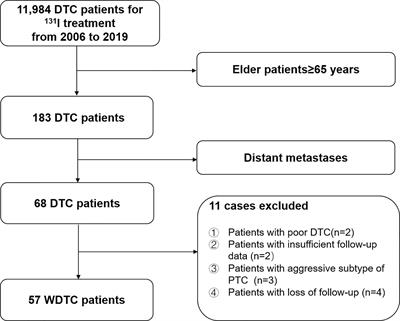EDITORIAL
Published on 08 Oct 2021
Editorial: Differentiated Thyroid Cancer - Risk Adapted Therapy, Genetic Profiling and Clinical Staging
doi 10.3389/fendo.2021.755323
- 2,128 views
- 2 citations
21k
Total downloads
63k
Total views and downloads
Select the journal/section where you want your idea to be submitted:
EDITORIAL
Published on 08 Oct 2021
ORIGINAL RESEARCH
Published on 22 Jul 2021

ORIGINAL RESEARCH
Published on 12 Jul 2021

ORIGINAL RESEARCH
Published on 27 May 2021

ORIGINAL RESEARCH
Published on 10 May 2021

ORIGINAL RESEARCH
Published on 28 Apr 2021

ORIGINAL RESEARCH
Published on 31 Mar 2021

ORIGINAL RESEARCH
Published on 25 Mar 2021

ORIGINAL RESEARCH
Published on 15 Mar 2021

ORIGINAL RESEARCH
Published on 25 Feb 2021

ORIGINAL RESEARCH
Published on 21 Oct 2020

ORIGINAL RESEARCH
Published on 08 Oct 2020

